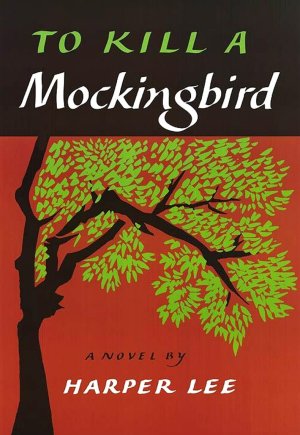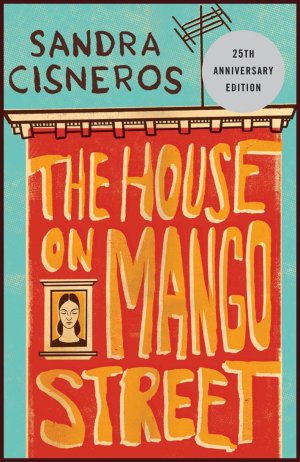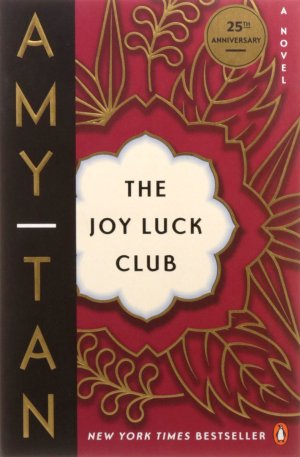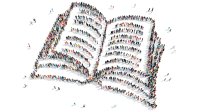Race and the Literary Canon
Middle and high school teachers can re-examine classic novels by exploring issues around race and social justice with students.
Your content has been saved!
Go to My Saved Content.“OK,” I say to my students, “this is a book written 57 years ago about events that would have happened 84 years ago. Are the things being discussed here still relevant today? Why or why not?”
My students pause. We’ve just finished reading To Kill a Mockingbird, a novel their parents probably read as well at some point. In many ways, the book feels far removed from my students when they first pick it up.
However, as we’ve read and researched, my students have come to realize that the story of Tom Robinson and his unfair persecution in Maycomb, Alabama, is still very relevant.
There are problems with teaching only classics—the stories are overwhelmingly told from a white and/or male perspective, and more needs to be done to diversify that. In addition, there’s merit in introducing our students to more recent literature.
But some of us must teach the classic middle and high school texts, and some of us really enjoy teaching them. There are opportunities in books in the canon to dig into some timely, deep racial and social justice concepts that are important for our students to consider today. I outline some topics and suggested approaches to three novels here, but teachers can apply these ideas to many different novels.
To Kill A Mockingbird
Harper Lee’s book has been discussed quite a bit lately, and it’s no surprise that it’s still as controversial and important a read as it was when it came out. Beyond the obvious lessons around race and the justice system, there are a number of other ways to approach issues of race using the novel.

Consider the perspectives of a variety of characters. To Kill a Mockingbird explores themes of societal oppression based on race, gender, and socioeconomic status. However, since the story is seen through Scout, it’s filtered through the gaze of a privileged white woman.
By having students consider the perspectives of oppressed characters—like Tom or Calpurnia Zeebo—we can help them build empathy and question what happens to the voices that are are unexplored in the novel. My students tied our discussion back to Chimamanda Ngozi Adichie’s TED talk “The Danger of a Single Story,” and it led to a discussion about how power affects storytelling.
Discuss the white savior trope. Atticus Finch is often perceived as the novel’s ideal male role model. But he also exemplifies the problematic white savior trope—the idea that people of color need to be rescued and that the rescuer is a white person. Because he values certain members of Maycomb’s black community, Atticus somehow shows the reader that they are worth valuing—his approval of the novel’s “clean-living” black people makes their lives worthwhile, when they weren’t before.
I had my students journal about the concept of the white savior trope after reading this brief article, and then we discussed it as a class.
The House On Mango Street
Often used to teach poetry or memoir, Sandra Cisneros’s The House on Mango Street has some rich themes of race and identity.

Discuss housing segregation. Many of our students may understand that racism exists but don’t fully grasp the large, societal structures in place that have historically disadvantaged people of color. The House on Mango Street can open students up to the concept of housing segregation and how it has affected generations of people of color.
I pull from either the opening chapter, “The House on Mango Street,” or “Those Who Don’t” to begin the discussion of perceptions of neighborhoods. Then I play a segment of a This American Life episode on housing segregation. Then we come together and discuss as a class.
Discuss “leaving the neighborhood” narratives. A common narrative about communities of color and rural communities is that education can help people “escape.” It’s important to consider why we don’t place value on these communities. Why do people in them have to leave in order to be a “success”?
Discuss ideas about “getting out of the ’hood” that are presented in the text. Compare the opening chapter to the final one and to this article by Clint Smith. Is the concept of escape helpful or hurtful to communities of color and rural communities?
The Joy Luck Club
The Joy Luck Club, by Amy Tan, hit particularly hard when I first read it. I’m half Filipina and had so rarely seen aspects of my culture portrayed in literature and the media that reading a text that understood my and my friends’ cultures so well was a revelation.

Beyond traditional discussions of Asian-American culture and the immigrant experience, I think it’s especially important to teach the deeper race issues and context embedded in the story.
Teach about the model minority myth. The model minority myth is the common belief that AAPI (Asian American and Pacific Islander) immigrants and their descendants are better off than other communities of color because of the presumed virtues of the AAPI community. This myth is harmful to self-perceptions of AAPI people and to attempts to advocate for for academic or financial support for this community.
Discuss how the myth is debunked in the novel and how it affects characters’ perceptions of themselves. What are the perceptions of AAPI families presented by the media? How are those juxtaposed with the things characters face in the novel?
Explore code switching. Code switching, the process of adjusting our speech or behavior based on particular situations, features prominently in the novel. Have students use code switching to consider characterization and character action throughout the novel.
I had students read this piece on code switching and do a think-pair-share on why they think people code switch. They also looked for examples of it in their own lives.
It’s important to take the texts we consider classic and look at them with fresh eyes. When we do so, we can sometimes find new ways to question these books—and ourselves as well.
